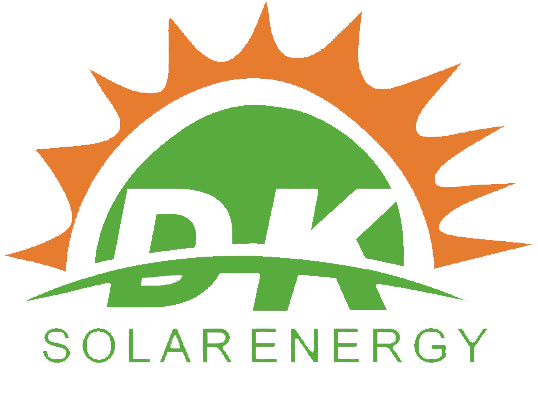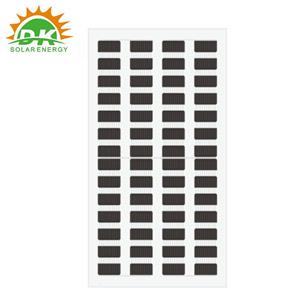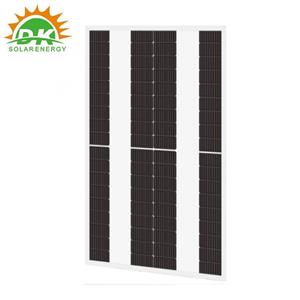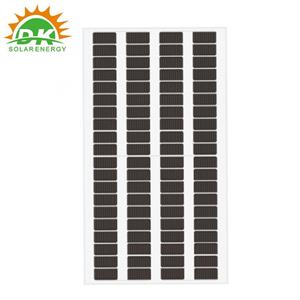ETFE film of characteristics and typical applications by thickness
The thickness of ETFE (ethylene-tetrafluoroethylene copolymer) directly determines its mechanical properties, light transmittance, flexibility, cost, and applicable scenarios. Products with different thickness ranges have formed clear application divisions in the photovoltaic (PV), construction, electronics, industrial, and other fields. Currently, the thickness range of ETFE films in the industry typically spans from 25μm (ultra-thin) to 1000μm (thick-walled), with some composite structures even reaching the millimeter level. Below is a detailed analysis of its characteristics and typical applications, categorized by thickness:
I. Ultra-Thin ETFE (25-50μm): Extreme Lightweight & Flexibility for "High-Flexibility Scenarios"
Core Characteristics:
Thickness is only 1/2 to 1/3 that of ordinary PET films, and its weight is 99% lighter than glass;
Can be folded repeatedly (mechanical property attenuation < 5% after 1000 folds);
Light transmittance > 94% (UV region transmittance > 85%), which is superior to ETFE of conventional thickness;
However, its tensile strength is relatively low (approximately 15-20MPa), requiring matching support structures for use.
Typical Applications
1.Flexible PV Module Encapsulation
This is the most core PV application scenario for ultra-thin ETFE. Since flexible PV panels (such as cadmium telluride and perovskite flexible batteries) need to adapt to curved surfaces (e.g., RV roofs, tents, UAV wings) or portable scenarios, ultra-thin ETFE can be used as a "front panel encapsulation layer" to replace traditional glass or PET.
Advantage: Avoids PET’s yellowing issue (after 5000 hours of UV aging, the yellowing index ΔYI of ultra-thin ETFE is < 1.5, while that of PET is > 4). It also reduces the overall weight of the module and improves installation convenience.
- 2. Portable Energy & Emergency Equipment
Used in PV films for wearable PV devices (e.g., PV backpacks, power-generating layers embedded in outdoor jackets) and emergency lighting. - Micro-Electro-Mechanical Systems (MEMS) & Medical Protection
Serves as a "transparent protective film" for MEMS devices, such as dustproof/anti-corrosion layers for micro-sensors. Its ultra-thin property ensures no impact on device precision;
Used as "disposable transparent protective films" in the medical field (e.g., filter layers for surgical lamps), which balances high light transmittance and disinfection resistance (can withstand disinfection with alcohol and high-temperature steam).
II. Conventional-Thickness ETFE (50-200μm): Balanced Performance for "Mainstream Application Scenarios"
- The 50-200μm range is the most widely used thickness interval for ETFE, achieving a balance between light transmittance, mechanical strength, and cost. It covers core fields such as PV, construction, and electronics, accounting for over 70% of the global consumption of ETFE films.
Core Characteristics
Tensile strength: 25-40MPa (30%-60% higher than ultra-thin ETFE), capable of independently bearing a certain load;
Light transmittance: 90%-94%, with excellent weather resistance (light transmittance remains > 88% after 10,000 hours of UV aging);
Outstanding self-cleaning performance (low surface tension allows rainwater to wash away stains, reducing maintenance costs).
Typical Applications
- 1.Building-Integrated Photovoltaics (BIPV) Membrane Structures
This is the core scenario for conventional-thickness ETFE in the PV field, mainly used for "transparent power-generating roofs/curtain walls" of large public buildings, typically adopting a thickness of 100-150μm. - Weather-Resistant Protective Layer for Rigid PV Modules
It replaces the surface protection of traditional EVA adhesive films, and is especially suitable for high-temperature and high-humidity areas (e.g., southern coastal regions of China, Southeast Asia). Application method: A 50-80μm ETFE film is coated on the surface of crystalline silicon PV panels as a "secondary protection" to resist corrosion from salt spray and acid rain;
Data comparison: Ordinary EVA modules experience a 12% power attenuation after 3 years in a salt spray environment, while modules protected by ETFE only have a 4% attenuation (data from the Hainan Wenchang pilot project).
2.Insulation & Encapsulation in the Electronics Industry
Serves as a "high-temperature resistant insulation film" (80-100μm) for lithium batteries, replacing traditional PP films. It maintains insulation performance at 120℃, improving battery safety;
Used as a "surface covering film" (50-70μm) for flexible printed circuits (FPCs), which can withstand soldering temperatures (260℃ for 10 seconds) and avoids cracking during long-term use.
III. Thick-Walled & Composite ETFE (200μm-1mm+): High Load-Bearing & Weather Resistance for "High-Reliability Scenarios"
- ETFE with a thickness > 200μm (or composite structures with glass fiber, PTFE, etc.) exhibits significantly improved mechanical properties, with tensile strength up to 50-80MPa and excellent impact and tear resistance. It is mainly used in industrial and special fields with extremely high requirements for "strength + weather resistance", and its PV-related applications focus on "protection".
Core Characteristics
Impact strength is 2-3 times that of conventional-thickness ETFE (can withstand the fall of a 1kg steel ball from a height of 1m without cracking);
Excellent chemical corrosion resistance (can withstand strong acids, strong alkalis, and organic solvents);
Performance can be further enhanced through "multi-layer co-extrusion" or "composite reinforcement" (e.g., tensile strength reaches 120MPa when combined with glass fiber).
Typical Applications
1.Special Protective Components for PV Power Plants
"Anti-corrosion lining" for offshore PV brackets (300-500μm): Wrapped around the surface of metal brackets to resist corrosion from seawater salt spray, extending the bracket service life from 15 years to 25 years (case from the Shandong Peninsula offshore PV project);
"Sealing film" for PV inverters (200-300μm): Replaces rubber sealing rings, maintaining sealing performance in high-temperature (85℃) and high-humidity environments, and reducing inverter failure rates.
2.Industrial Anti-Corrosion & Tank Linings
"Lining for acid-base storage tanks" in the chemical industry (500μm-1mm): Directly contacts strong acids (e.g., 98% sulfuric acid) to prevent corrosion of the tank’s metal substrate, with a service life of up to 30 years;
"Fluoride waste liquid tanks" in the PV industry chain (composite ETFE, thickness > 1mm): Adopts an ETFE + glass fiber composite structure, resistant to highly corrosive waste liquids such as hydrofluoric acid, and suitable for the PV silicon wafer cleaning process.
3.Load-Bearing Transparent Structures for Special Buildings
"Load-bearing roofs" for large greenhouses or PV agricultural greenhouses (400-600μm): Can withstand snow loads (up to 0.5kN/㎡) without additional metal support, while maintaining a light transmittance of over 75% to meet the photosynthesis needs of crops (case from the Amsterdam PV greenhouse in the Netherlands).




